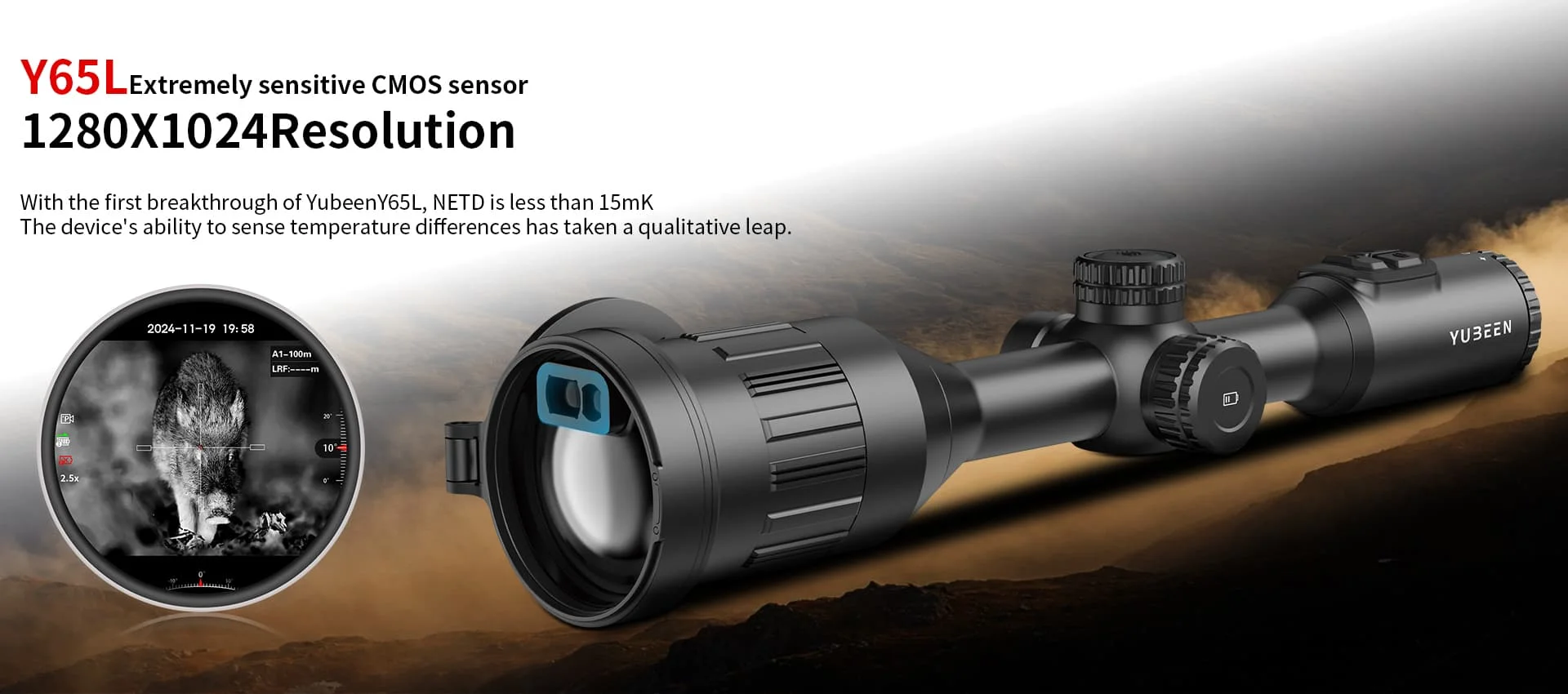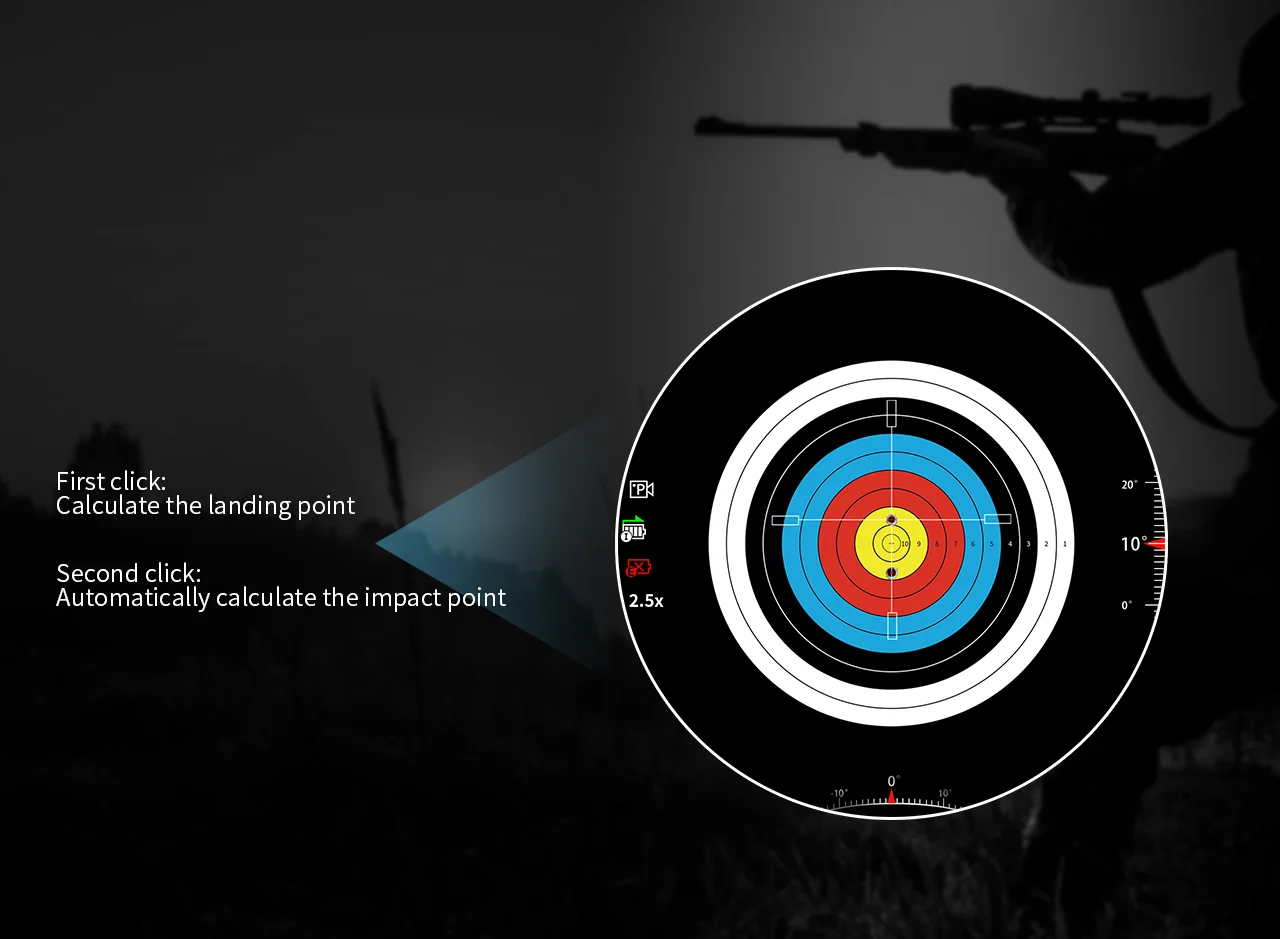How Thermal Imaging Inspection Experts Present Accurate Results Clearly

Thermal imaging inspection is a key tool used in many fields. It spots problems like hot spots or poor insulation by showing temperature changes. But its value depends on clear and correct reports. These reports turn tricky data into useful ideas. Good reports need sharp pictures, standard color guides, marked-up issues, and simple explanations to avoid mistakes. Proper tool setup, adjustments for surroundings, and special software like YUBEEN’s ensure trustworthy and clear results. By mixing pictures with number data and making reports easy for all readers, thermal imaging inspection experts help people make smart choices and keep trust with clients.
Why Is Clear Thermal Imaging Reporting Critical in Modern Diagnostics?
How Does Thermal Imaging Inspection Fit into Today’s Diagnostic Landscape?
Thermal imaging inspection is a vital tool in many areas, such as fixing buildings, checking electrical systems, or making products. A 2024 study shows the global thermal imaging market was worth USD 3.83 billion. It’s expected to grow to USD 5.83 billion by 2031, with a growth rate of 5.37% each year. This rise shows its use in security, factory checks, and health diagnostics. Clear reports are needed to make complex data useful. Resource: Verified Market Research, “Thermal Imaging Market Size and Forecast,” 2024
This method lets you see heat patterns that eyes can’t catch. It uses infrared rays to show temperature changes as colors. This helps find issues like hot parts, weak insulation, or leaks early. Yet, even the best images need good explanations. Clear reports help thermal imaging inspection experts turn data into actions for better choices.
Why Do Clarity and Accuracy in Reports Make Such a Difference?
If reports are unclear or have fuzzy pictures, they can cause wrong guesses or delays. Precise reports let you find problems fast and support repair plans with confidence. They must be correct for experts and simple for non-experts, like managers or clients. Unclear reports can mix up temperature limits or misread hot spots. This can lead to wrong ideas about materials. So, being exact in gathering and showing data is very important.
What Missteps Happen When Thermal Results Are Not Presented Properly?

Without a good setup or clear notes, even sharp images can trick you. For example, a hot spot might seem like a problem, but it could be due to outside conditions. Also, using different color guides can make issues seem bigger or smaller than they are. This is risky for official papers or insurance claims, where every detail must be right.
What Should Be Included in a High-Quality Thermal Imaging Report?
Why Are Image Resolution and Quality So Important for Interpreting Results?
Clear pictures show tiny temperature differences well. Blurry images make it hard to tell normal changes from real problems. A good report has crisp images with strong color differences. This helps you decide quickly. Thermal imaging inspection experts follow rules for picture quality based on the job. For example, electrical checks need clearer images than building checks.
How Do Color Palettes and Temperature Scales Affect Data Interpretation?
Color guides turn temperature data into pictures. But not all guides work the same. Bright rainbow colors might hide small changes. Plain grayscale can show differences better for some jobs. A good report explains the color guide used and shows a temperature bar. This helps you know what each color means. It stops mistakes, like thinking red always means danger. The meaning depends on the guide.
How Should Hotspots, Cold Spots, and Anomalies Be Marked Up?
Marks make thermal data useful. Good reports label hot spots with exact temperatures, point arrows at odd spots, and show normal versus actual values. They also include time stamps, camera settings like emissivity, and weather details during the scan. These give context to every finding.
What Techniques Ensure Accuracy in Thermal Inspection Results?
Why Is Calibration and Equipment Optimization Non-Negotiable?
Correct results need well-set tools. Regular checks make sure cameras show true temperatures, not guesses affected by wear. Cleaning lenses and updating software keep tools working well. Many thermal imaging inspection experts check their gear every three months to keep results steady.
How Do Standardized Measurement Protocols Improve Reliability?
Using set rules cuts the differences between checks. A key rule is setting the right emissivity for materials. Metals reflect differently from insulation. Weather factors like wind, humidity, or room temperature also change readings. Experts adjust for these to make sure reported temperatures are true.
What Tools Help Present Your Findings Professionally?
How Can YUBEEN’s Analysis Software Improve Your Reporting Workflow?
For an easy yet strong way to make great reports, try YUBEEN’s Thermal Analysis Software. It’s built for thermal imaging inspection experts like you. The software has simple drag-and-drop tools and smart analysis features. These make reports faster without losing detail. It offers templates for different fields, like checking HVAC in buildings or doing factory maintenance. You’ll like tools such as auto-spotting of issues, comparison charts, and built-in notes. These make reports clearer and save time.
Why Is It Crucial to Combine Visuals with Quantitative Data?
Pictures tell a story, but numbers prove it. Good reports mix thermal images with tables showing low, high, and average temperatures for key areas. This format helps experts who need raw numbers and non-experts who rely on pictures. Together, they tell the full story of each issue found.
How Can You Make Complex Patterns More Digestible for Clients?
Which Visualization Strategies Simplify Technical Information for Non-Specialists?
Not all clients get technical terms like thermal gradients or emissivity. They don’t need to. Use simple labels, notes in plain words like “this shows possible water leaks,” and side-by-side pictures of normal versus problem areas. These tricks make tricky patterns easy to understand. They help non-experts like property managers or insurers decide faster.
How Do Contextual Descriptions Add Value to Visual Findings?
Always add short explanations with images. For example, say, “This hot spot near the transformer is 12°C above safe limits.” These notes link pictures to real issues. They help clients see why action is needed now. They also clear up confusion, like explaining that a cold spot is from missing insulation, not water damage.
What Are Best Practices When Sharing Results With Clients or Teams?
How Should Reports Be Structured for Maximum Readability Across Audiences?
Start with a summary of key points: what was checked, what was found, and what needs quick action. Then add detailed sections with full images, raw numbers, and camera settings for experts or auditors. Use the same fonts and headings throughout. Avoid hard words unless you explain them in the report.
Should You Supplement Written Reports With Verbal Walkthroughs or Videos?
Yes. A 10-minute video showing thermal images can explain more than long reports. This works well for clients who can’t visit the site. Talking through findings lets clients ask questions right away. This builds trust and shows how urgent each issue is.
Where Can You Find Industry-Specific Solutions That Scale With Your Needs?
What Applications Benefit Most From Tailored Reporting Tools Like YUBEEN’s Platform?
Whether you’re checking buildings for energy leaks or watching factory machines for wear, you need tools made for your job. YUBEEN’s reporting solution gives templates for specific tasks: finding water behind walls, checking HVAC performance, auditing electrical panels, planning maintenance, and controlling factory processes. Each template uses field-specific measures to keep reports useful for any job you do now or later.
How Can You Keep Improving Your Inspection Reporting Over Time?
Why Should Client Feedback Influence Your Report Format Choices?
Clients give great ideas for better reports. They say if something’s hard to understand or if they want more details. Send surveys after reports to ask about clarity or format likes. Then tweak future reports based on answers. Small changes, like adding quick tables or using bullet points, can make reports much easier to use.
How Does Ongoing Training Help You Maximize New Technology Like YUBEEN’s Tools?
Thermal imaging tech changes fast. Your skills should too. Train your team not just on cameras but also on getting the most from tools like YUBEEN’s software. Join webinars or workshops from their support team. Staying updated keeps your work top-notch. It also unlocks new features like AI spotting or cloud sharing that make work smoother.
FAQ
Q1: What makes thermal imaging reports difficult for non-experts to interpret?
Without clear marks and simple explanations, thermal images look confusing. Clients may not get what colors mean without guides or notes linking pictures to real problems.
Q2: How often should I calibrate my thermal imaging equipment?
Experts suggest checking every three months, based on how often you use it. This keeps accuracy safe from wear or environmental changes.
Q3: Can I use one report format across all industries?
Basic setups can be similar, like summaries and details. But field-specific templates are better. They include measures like moisture levels for buildings or load ratings for electrical checks.
